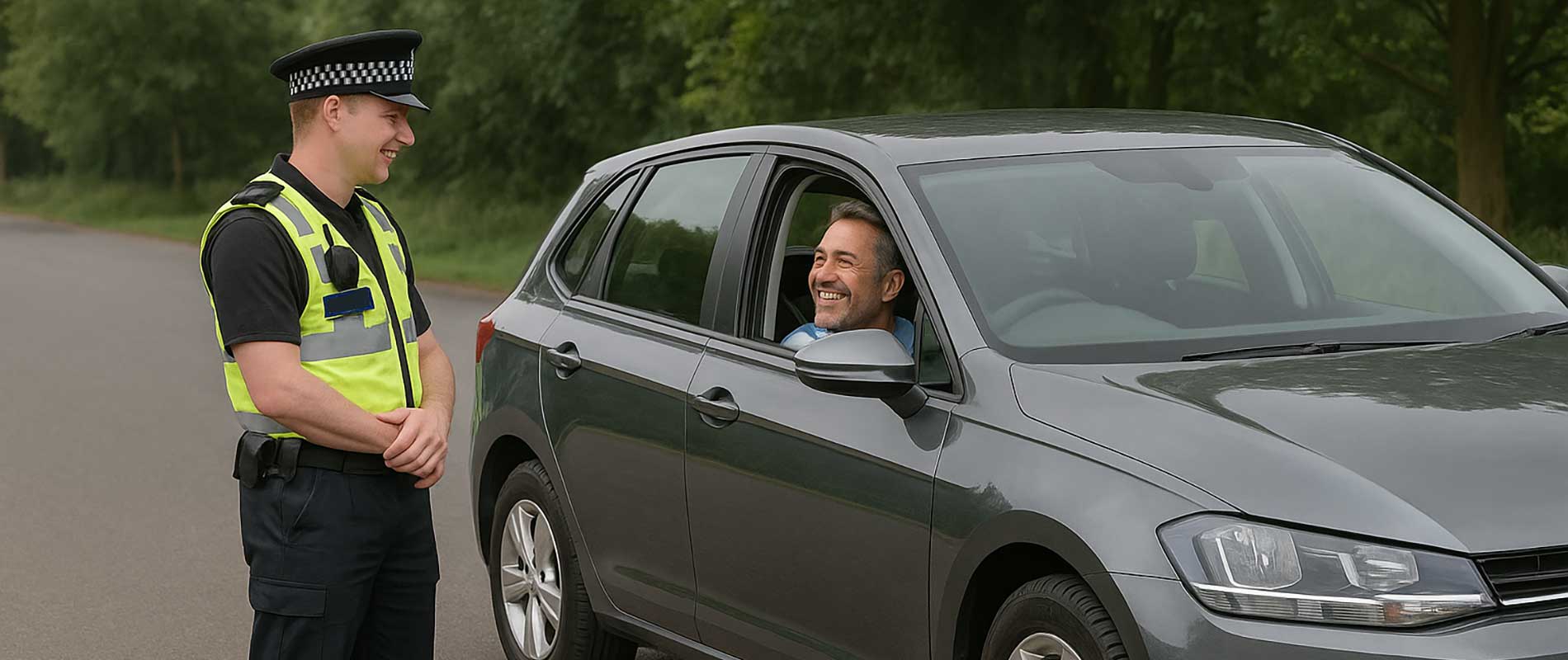It’s Not Easy, but You’re Not Powerless
If you’ve been convicted of a motoring offence, you’ll probably notice your insurance premium shoot up. That shock is universal; even small convictions can push prices higher for several years. You can’t exactly “appeal” the price in the legal sense, but there are ways to challenge, question, or soften it. The key lies in understanding how insurers reach those figures and how you can prove you’re less of a risk than they think.
Insurers aren’t punishing you personally. They’re reacting to data. Their algorithms say drivers with certain convictions make more claims. Your job is to show you’re an exception to the rule.
Why Convictions Push Prices Up
Each insurer uses its own risk model. A DR10 (drink-driving) or IN10 (driving without insurance) carries far more weight than a minor speeding fine. Some convictions stay on your record for eleven years; others for four. Even when points expire on your licence, insurers may still consider them when setting prices. It’s not vindictive, just cautious underwriting.
After a conviction, you’re placed in a higher-risk category, and your access to mainstream insurance narrows. That reduced competition alone drives up prices. But this isn’t permanent. Over time, if you drive safely and stay claim-free, your profile starts to improve again.
What You Can Do About It
Let’s be honest; you can’t “force” an insurer to lower your premium, but you can influence it. Here’s how:
- Shop around properly. Don’t rely on the big-name comparison sites alone. Many convicted driver brokers work off-panel and can access underwriters that don’t appear online.
- Ask for a review. If you’ve completed a drink-driving rehabilitation course or other voluntary training, tell your insurer. It may not remove the loading, but it can help reduce it.
- Request a breakdown. You’re entitled to ask how your premium was calculated. Some insurers will outline what factors are increasing the cost; age, postcode, conviction type; and where savings might be found.
- Adjust the policy. Increasing your voluntary excess, limiting mileage, or removing non-essential add-ons can all bring the figure down a notch.
None of these tricks are magic, but together they can nudge the cost toward something more realistic.
When Negotiation Works
Negotiation can still work in a world dominated by algorithms. Smaller brokers, in particular, often have human discretion. If you’ve maintained a clean record since your conviction, mention it. If your offence was minor or several years old, make that clear. They might be able to reclassify you within a lower-risk bracket or refer your case to a different underwriter.
Keep notes of all correspondence and quote references. If you later find a cheaper equivalent policy elsewhere, go back and give your current insurer a chance to match it. Some will, if only to retain your business. You’d be surprised how often that approach works.
Understanding When You Can’t
There are limits. You can’t challenge an insurer simply for charging “too much”; they’re free to set their own prices. Nor can you use the Financial Ombudsman just because the premium feels unfair; they’ll only intervene if the insurer mis-sold or misrepresented something. The fairest strategy is to gather multiple quotes, question fees openly, and move on if you find better value elsewhere.
Moving Forward
A high premium after a conviction feels punishing, but it’s temporary. Every month you drive safely chips away at that risk profile. Keep records, stay honest, and take any opportunity to demonstrate improvement. If you stay claim-free, your premiums will gradually come back down. Challenging a figure isn’t about confrontation; it’s about clarity, persistence, and proving that you’re not defined by one mistake. That’s the real win in the long run.

